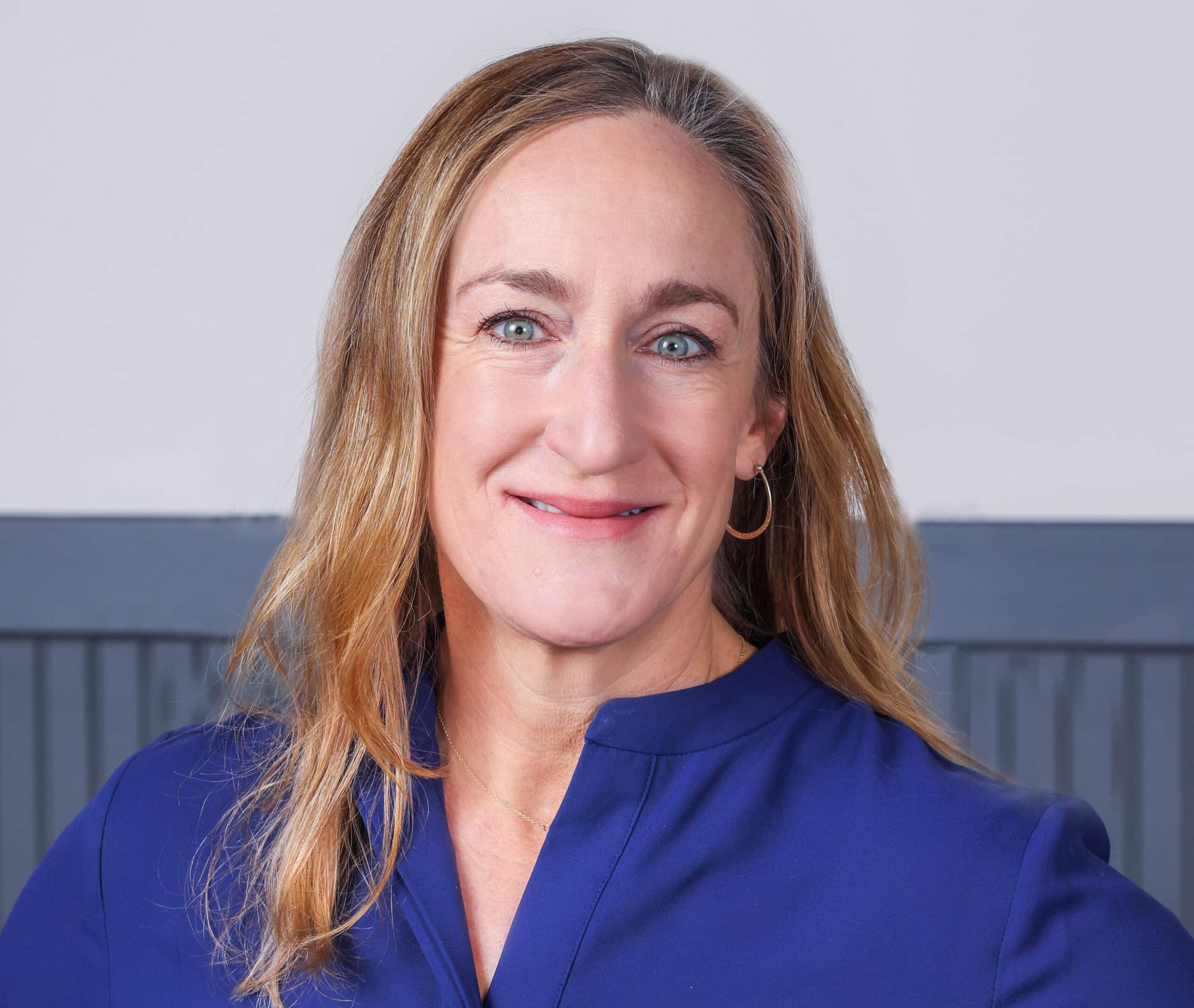What you’ll learn below:
- The latest developments in project opposition
- Why an EJ strategy should serve as your foundation for risk management
- Where to start to build trust—and therefore project certainty
Intro
As the United States looks to expand its carbon capture and storage (CCS) infrastructure to reduce emissions, companies are proposing CO2 pipeline projects across the Midwest. As a result, Midwestern states have become hot battlegrounds, with eNGOs and landowners squaring off against CCS companies and their proposed projects over land rights.
This pushback highlights the real reason these companies are struggling for project approval: their lack of effective community engagement. As I’ve addressed previously, companies that take community support for granted will get their projects stopped. Although environmental justice (EJ) policies have a reputation for stopping projects, a good EJ strategy provides a framework for meaningful engagement that creates project support and therefore mitigates your risk.
Both of these things are true:
- Community and eNGO pushback is increasingly preventing implementation of low-carbon projects across the United States.
- Community and EJ engagement, when done right, is an essential risk management tool.
The situation
Three companies in the permitting spotlight in the Midwest are Summit Carbon Solutions, Navigator CO2, and Wolf Carbon Solutions. Here is what you need to know:
- Summit Carbon Solutions’ permit was denied. Summit Carbon Solutions has resubmitted an application to North Dakota after its first application was denied unanimously in August. Among the reasons cited for denying Summit’s application? The company’s lack of attention to “legitimate impacts expressed by landowners” property rights and to environmental and safety concerns.
- Navigator CO2 is not doing much better. Navigator suspended pipeline activities in Iowa indefinitely in the wake of opposition to its CO2 pipeline from environmental groups, landowners, and local county supervisors. In its South Dakota hearing, opposing attorneys had pointed out that although a Navigator rep spoke on the importance of CO2 pipelines to farmers, not a single farmer or landowner was at the hearing, nor on Navigator’s witness list. When Navigator later addressed landowner concerns, the move was interpreted as last-minute damage control, with reports noting that the multi-day hearing had gotten off to a rough start and remained “tense.”
- Projects meet bipartisan opposition. Republicans and environmentalists are teaming up for unlikely alliances to apply pressure on local candidates to oppose CO2 pipeline projects in Iowa. Additionally, in Illinois, a Republican senator proposed a bill seeking a moratorium on new CO2 pipelines in Illinois for two years or until safety concerns are addressed.
- The pushback is working. CO2 pipeline opposition is gaining momentum. States that have held permit hearings for CO2 pipeline projects have denied applications, and states that have scheduled hearings are postponing them in response to widespread opposition.
- Pipeline opposition now has a well-established playbook. Because companies have failed to address community concerns, opposition is gaining momentum using a now well-understood strategy. Unfortunately, carbon capture companies have made it clear that they are willing to use eminent domain if state permits are granted, and negotiations over the projects do not go smoothly. The eminent domain approach tends to deal the death blow to proactive trust building.
Seize the day
Decarbonization projects will not get a community support pass. As we have seen with EJ engagement, all new projects require that companies participate with communities as invited partners. A good community engagement strategy follows EJ principles to both address community interests and mitigate development risk.
Here are the foundations to a good EJ and community engagement strategy:
- Find and define what a shared win looks like. Consider what success would look like both for your project and for the community you’re working in. From the start, treat community stakeholders as partners in your project.
- Do your homework. Research the community and its needs. Companies make assumptions about what a community may want at their peril. Each community engagement strategy is by definition unique. Start by listening!
- Analyze the critiques. Seek to understand, with genuine curiosity, where the opposition is coming from. Your attitude helps the community feel heard, expands opportunities to build trust, and prevents misunderstandings. Trust building is your greatest risk mitigation.
- Do the work. Don’t hire consultants to conduct community engagement for you! Put in your own sweat equity, so you’re invited into a community to build trust and good relationships.
- Don’t wait to get started. A good engagement strategy is essential to ultimate project support and therefore approval. It’s never too early to start listening.
At Adamantine, we help clients identify good community engagement strategies that work by incorporating real, pragmatic EJ strategies into their efforts. Reach out to learn how. Thank you to Anna Kieffer for her writing contributions to this Both True.
To being a great guest,
Tisha

